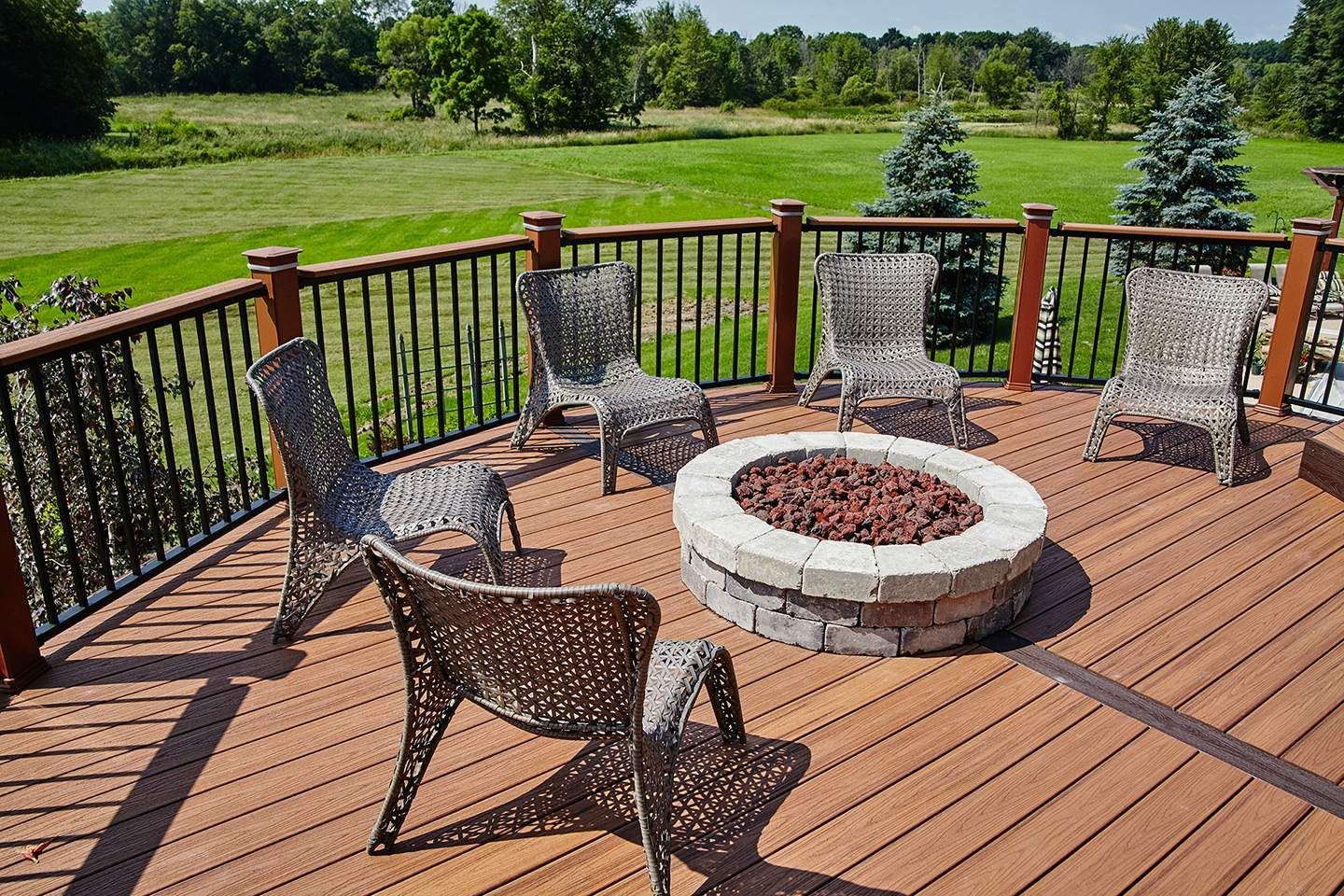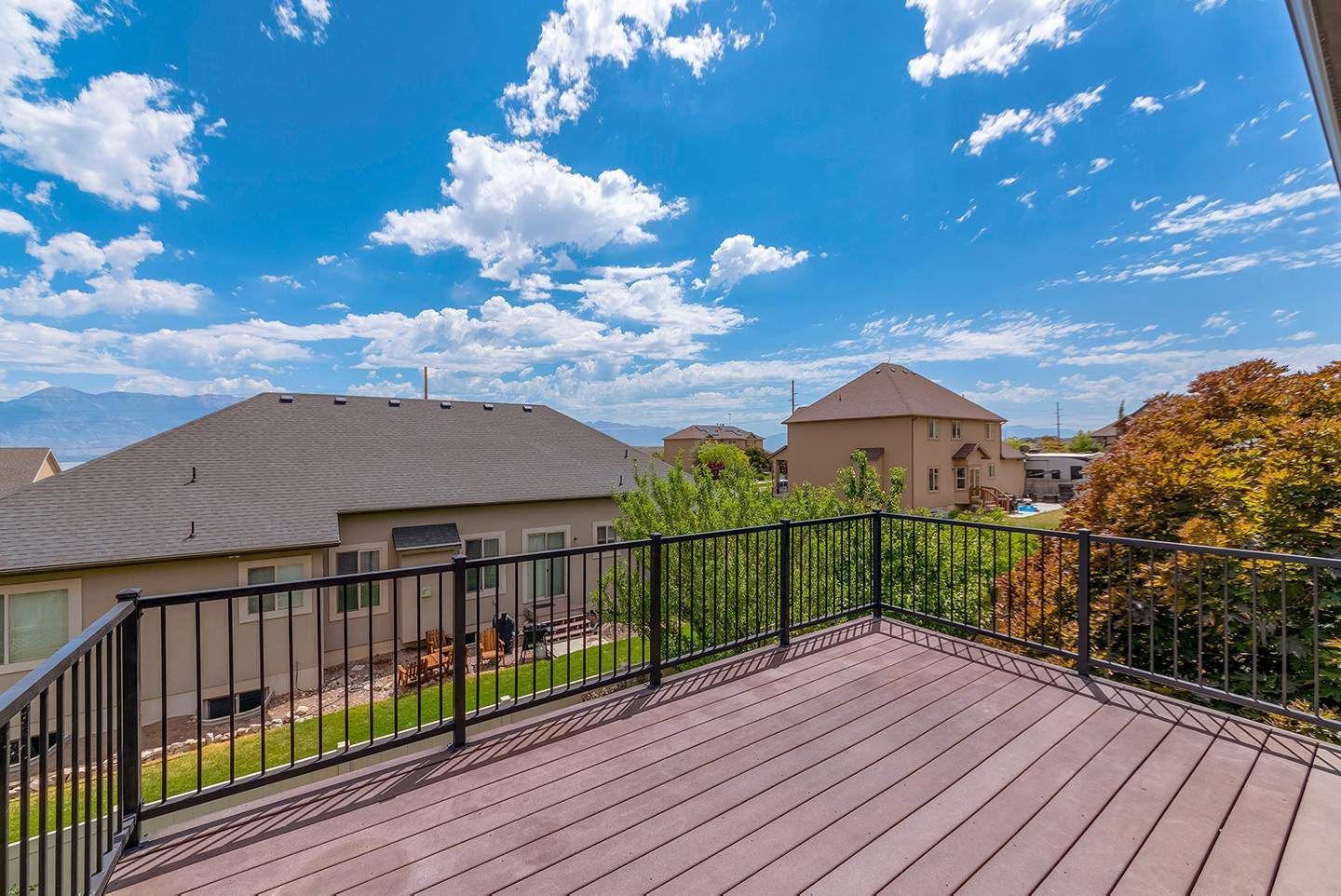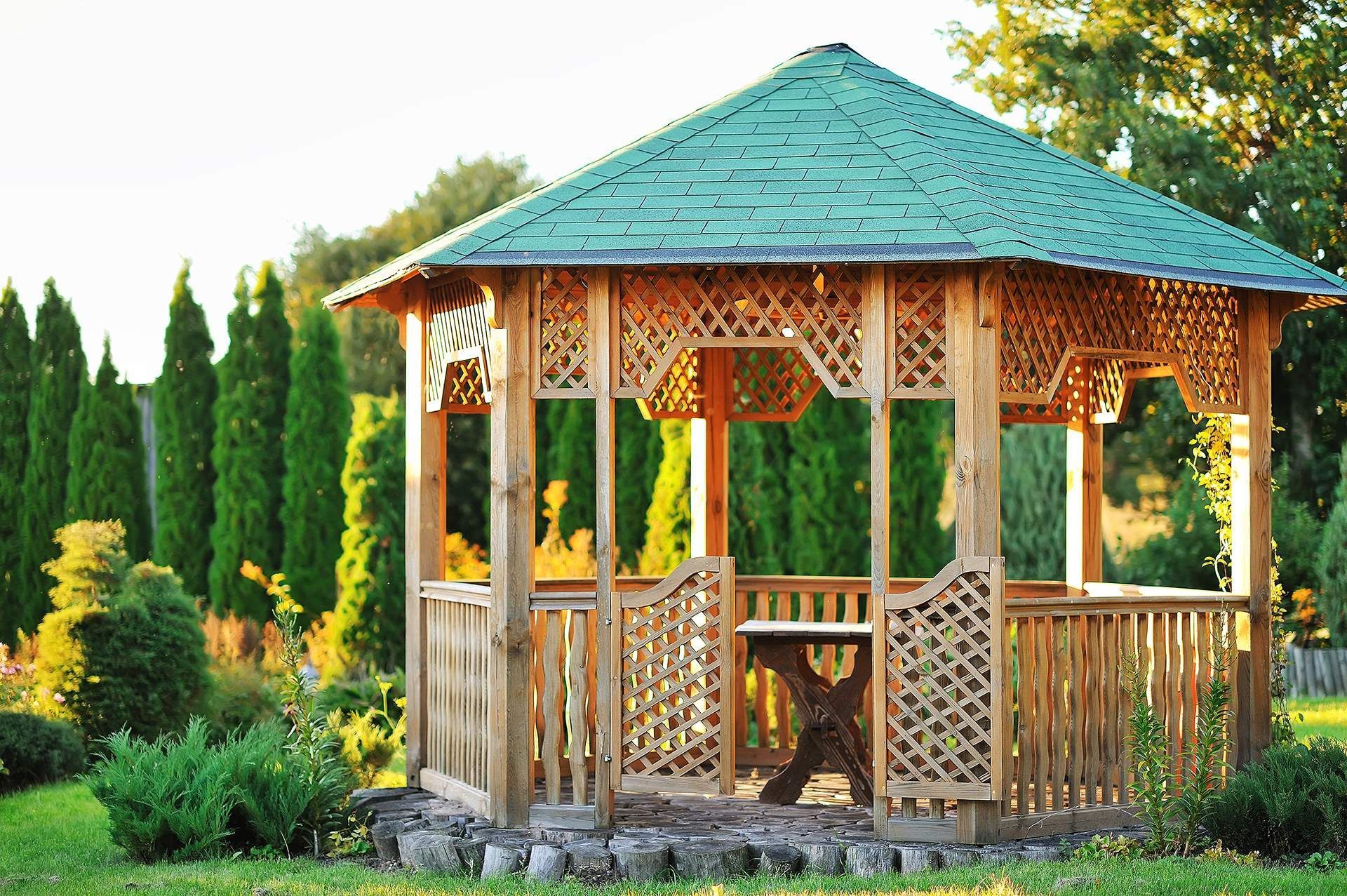Common Mistakes to Avoid in Deck Construction
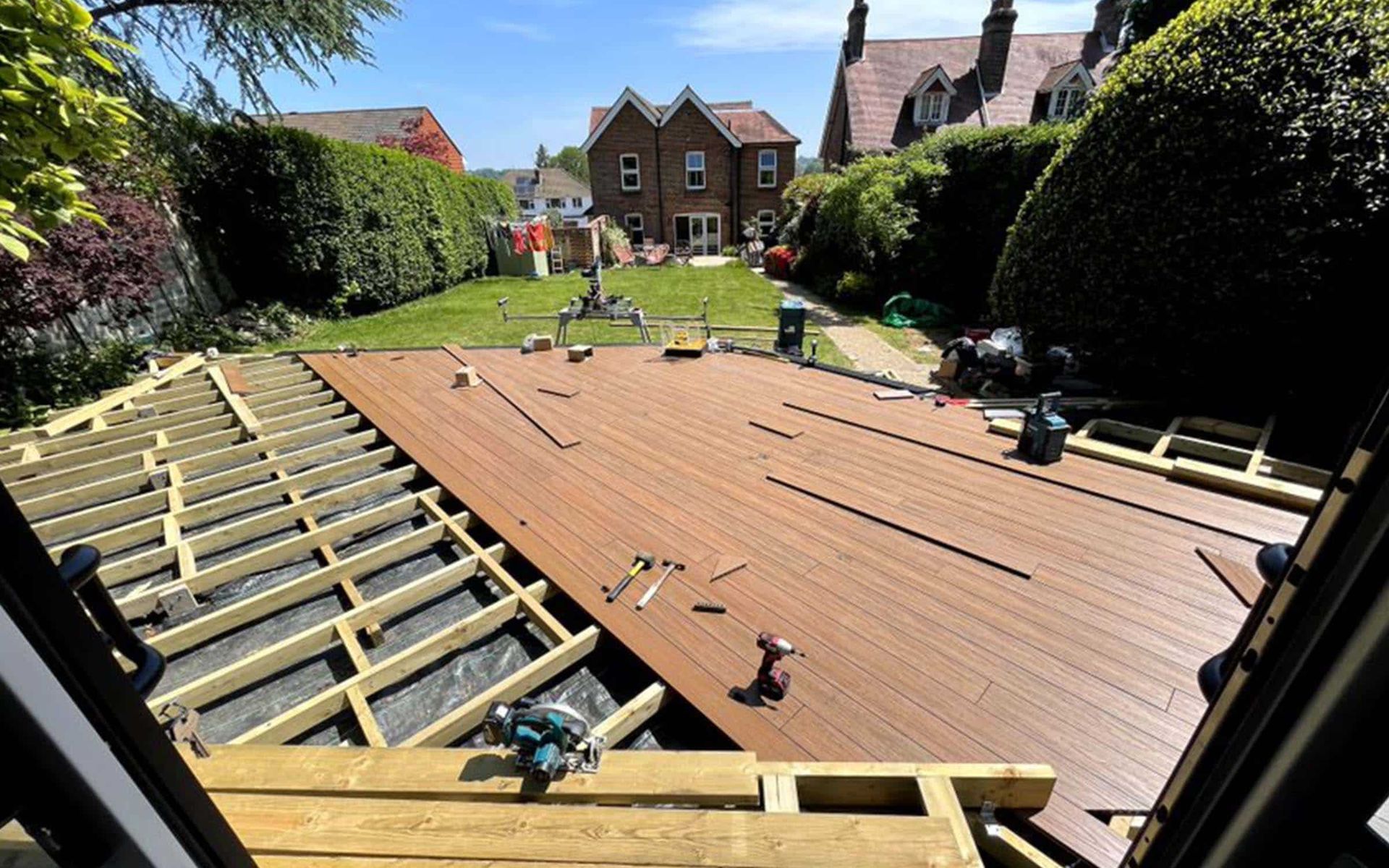
Decks are a wonderful addition to any home, offering a space for relaxation and outdoor enjoyment. However, constructing a deck can be tricky, especially if you're unfamiliar with the process. Poor planning and execution can lead to costly repairs or even safety hazards. To ensure your deck is built to last and looks great, it’s crucial to avoid some common mistakes. In this blog, we’ll discuss the most frequent deck construction mistakes, how to avoid them, and provide tips for successful deck construction plans.
Building a deck can enhance your outdoor space, but there are several pitfalls that homeowners and even contractors can fall into. From planning errors to material selection, these mistakes can lead to delays, extra costs, and potentially dangerous outcomes. In this guide, we’ll break down the most common mistakes and give you actionable tips on how to avoid them. Whether you’re handling a DIY project or hiring professionals, understanding these basic deck construction errors will help ensure your project goes smoothly.
1. Skipping the Planning Phase
One of the biggest deck construction mistakes is failing to start with a solid plan. Planning is essential, not just to get the right materials but to ensure your deck is safe, up to code, and fits your needs.
Why This is a Problem:
Without a clear deck construction plan, you may overlook important factors like deck size, weight capacity, or local building codes. This can lead to structural issues or, worse, a deck that’s unsafe to use.
How to Avoid It:
- Draft a detailed plan that includes measurements, material lists, and a clear vision of how you want your deck to look.
- Research local building codes to ensure your plan is compliant.
- If necessary, consult a professional to review your plans before starting.
2. Ignoring Local Building Codes and Permits
Many homeowners underestimate the importance of adhering to local building regulations. Failure to get the right permits or follow local building codes can result in fines or being forced to take down your deck.
Why This is a Problem:
Ignoring codes and permits can delay your project and lead to safety concerns. Improper construction could also cause problems if you ever decide to sell your home.
How to Avoid It:
- Check with your local building authority for the necessary permits and regulations before starting your project.
- Hire a contractor familiar with local codes to ensure the project complies with all safety standards.
- Factor the permit process into your timeline, as it can take some time to get approval.
3. Poor Foundation and Footing
One of the most crucial aspects of basic deck construction is establishing a solid foundation. If your deck's footings are unstable or poorly designed, the entire structure can become unsafe, potentially leading to collapse.
Why This is a Problem:
Footings that aren’t properly installed can cause your deck to shift or sink over time. This can lead to cracked boards, wobbly railings, and structural failure.
How to Avoid It:
- Ensure that your footings are dug deep enough to avoid frost heave in colder climates.
- Use concrete footings to anchor your deck securely.
- Make sure footings are spaced correctly to support the weight of the deck and any furniture or appliances you plan to place on it.
4. Choosing the Wrong Materials
Another common deck construction mistake is selecting inappropriate or low-quality materials. Your deck will be exposed to the elements year-round, so it’s important to use materials that are durable and weather-resistant.
Why This is a Problem:
Inappropriate materials can lead to rotting, warping, or cracking, which will reduce the lifespan of your deck and increase maintenance costs.
How to Avoid It:
- Use pressure-treated wood or composite decking materials for durability and longevity.
- Avoid untreated wood, which can be susceptible to moisture damage.
- If using wood, make sure it’s rated for outdoor use and weather resistance.
5. Incorrect Fastening and Joist Installation
Fasteners and joists hold your deck together. If these aren’t properly installed or the wrong types are used, your deck’s structural integrity could be compromised.
Why This is a Problem:
Loose fasteners or incorrectly spaced joists can cause your deck to sag, become wobbly, or even collapse. Poor fastening also makes the deck susceptible to movement and shifting over time.
How to Avoid It:
- Use corrosion-resistant fasteners that are designed for outdoor use.
- Space your joists correctly, based on the material and size of your deck.
- Ensure all fasteners are properly tightened and in good condition over time, as regular maintenance may be required.
6. Failing to Account for Drainage
One overlooked factor in deck construction plans is drainage. If water isn’t properly managed, it can pool on your deck or around your home’s foundation, leading to wood rot, foundation problems, or even structural damage.
Why This is a Problem:
Without proper drainage, moisture can weaken your deck over time, causing issues like wood rot, mildew, or warping.
How to Avoid It:
- Install a slight slope in the deck to allow water to run off instead of pooling.
- Use proper underdeck drainage systems if you plan to have storage or a patio beneath your deck.
- Regularly inspect and clean your deck to remove debris and ensure water doesn’t accumulate.
7. Inadequate Deck Railings and Safety Features
For elevated decks, railings are essential for safety. One of the most dangerous deck construction mistakes is installing inadequate railings or neglecting to add them altogether.
Why This is a Problem:
Inadequate or improperly installed railings can lead to accidents, especially if your deck is elevated. This poses serious safety risks, particularly for children and pets.
How to Avoid It:
- Ensure that railings meet local safety codes, which typically require a minimum height and specific spacing between balusters.
- Secure all railings firmly to the deck’s frame to ensure stability.
- Consider adding other safety features, such as slip-resistant coatings or lighting, to prevent accidents.
8. Not Considering Maintenance Needs
While designing a beautiful deck is important, don’t forget to consider future maintenance requirements. Every material and design choice you make will impact the level of care your deck needs over time.
Why This is a Problem:
Failing to consider maintenance can lead to a deck that quickly falls into disrepair. Over time, this increases the likelihood of costly repairs or even full replacements.
How to Avoid It:
- Choose materials that fit your maintenance abilities. Composite decking, for example, requires less upkeep than natural wood.
- Regularly clean and seal your deck to protect it from the elements.
- Plan for annual inspections to catch any potential issues early.
Conclusion
Building a deck can transform your outdoor space into a beautiful area for entertainment and relaxation. However, to ensure your deck is safe, durable, and visually appealing, it’s important to avoid these common deck construction mistakes. By investing time in careful planning, choosing the right materials, and following proper installation procedures, you’ll enjoy a well-built deck for years to come.
For professional help with your deck construction plans, contact Lakeside Deck Builders at 262-221-4321 or visit www.lakesidedeckbuilders.com. We specialize in high-quality deck construction, ensuring your deck is safe, functional, and built to last.
